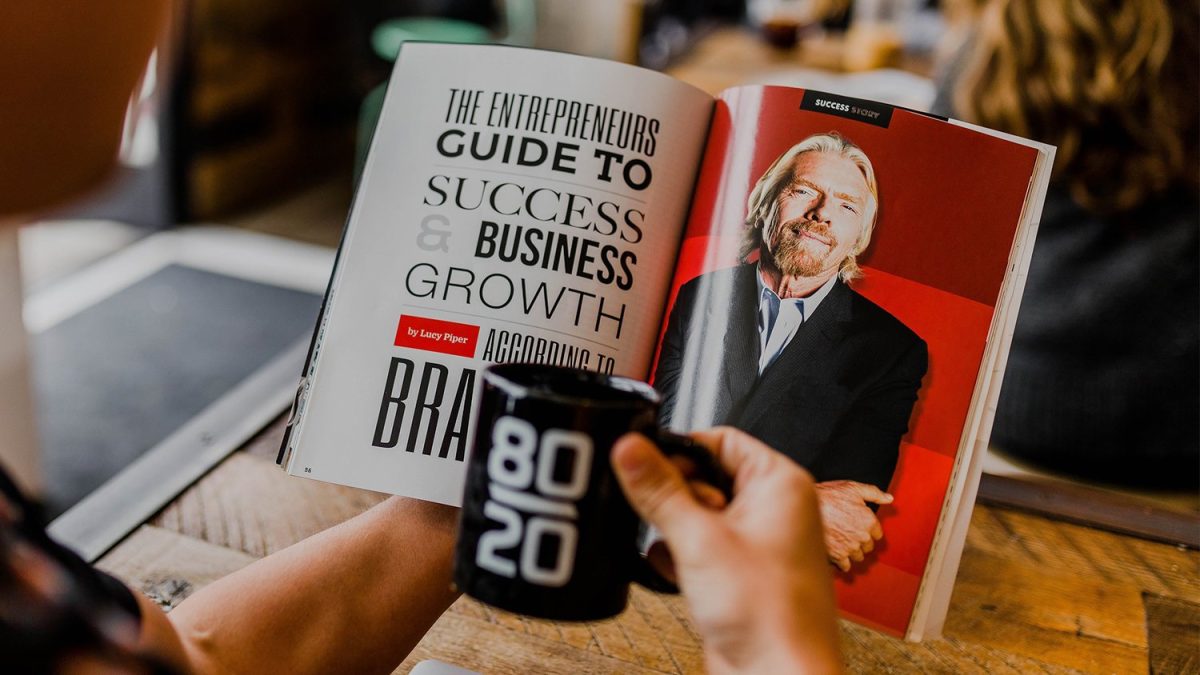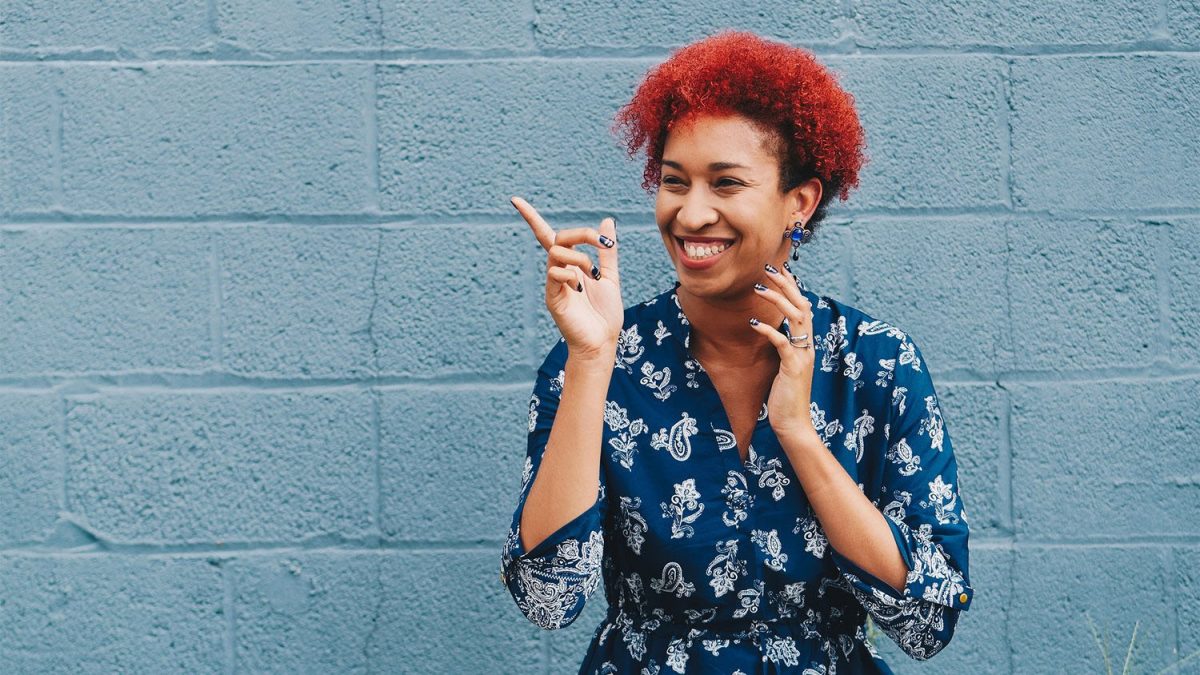10 Ways To Get More Organic Views On Social Video
10 Ways To Get More Organic Views On Social Video

Social Media has made it harder for content creators to generate the volume of views they once did but there are strategies you can deploy that increase the overall viewability of your content.
Social Media platforms like Facebook, Youtube and Instagram enable any person or any brand to create and connect with new customers and audiences. But, rising to the top of the deluge of content uploaded to these platforms each and every day is no easy task.
According to Benard Marr, in a single day, 527,760 photos are shared on Snapchat, users watch 4,146,600 videos on Youtube, Instagram users post 46,740 photos and 300 million photos are uploaded to Facebook.
There are hundreds of thousands of videos and articles claiming to have the answer to hacking branded social content and driving revenue and traffic to websites. But, in a fast-changing landscape, there really is no one size fits all answer or magic equation that will take you from Kim down the road to Kim Kardashian.
However, there are some general rules content creators and brand managers can use to ensure their organic content campaigns get the best chance of gaining traction and selling more products without the reliance on paying for views. Below we lay out the 10 areas we will discuss and how each informs when and how your content is viewed. We offer context behind our insights and provide examples of brands that deploy these techniques across their own brand channels. Created in conjunction with Covid-proof content, these techniques will help ensure the effectiveness of your content in the 12 months to come. We go through:
-
Use previous campaign data and analytics
-
Create relevant content
-
Have a clear message
-
Keep it short
-
Create a sharable action
-
Leverage talent and influencer channels
-
Create omni-channels campaign
-
Optimise and iterate across channels
-
Launch in conjunction with a paid campaign
-
Track and analyse data to inform your next campaign
Before we get into the nitty gritty, its advantageous to understand a little about how social media platforms work in 2020. Since Facebook and Twitter popped up in the noughties, the news feed algorithm has inextricably changed and continues to evolve. Understanding the ebb and flow of these platforms enables you to create adaptive campaigns that take these changes into account.
How The Facebook Algorithm Works
The Facebook algorithm is forever advancing. It currently uses a variety of factors to ascertain how relevant content is to a particular user and aims to serve content to users based on what they think they will like using what they call ‘ranking signals’ to create data point about a user’s behaviour. And there are a lot of them. Just a few include:
-
Who users interact with
-
What they consume and where
-
The popularity of posts
For more information on hacking Facebook’s algorithm with content, see our blog on the subject.
How The YouTube Algorithm Works
Google, the owners of YouTube, have been doing a lot of work behind the scenes sorting through the hundreds of millions of hours of video on the platform. In 2020, the majority of the views come through their recommendation engine, this is the ‘recommended for you’ homepage on a user’s individual account.
Other factors like YouTube SEO, paid promotions and subscriber count also impact organic views but it’s the recommendation engine that really beefs up the numbers when it comes to YouTube video. Much like Facebook, the engineers at Youtube use a series of signals to rank videos.
These include:
-
Click-through rate
-
Watch Time
-
Number of video viewed from a channel
-
Demographic
For more information on hacking YouTube’s algorithm with content, see our blog on the subject.
How The Instagram Algorithm Works
Instagram is owned by Facebook and as such deploys many of the same tactics Zuckerberg’s famed platform does to ascertain the relevance and value of content for its users. Using ranking signals, Instagram dictates which posts are seen based on specific factors. Some of these include:
-
Engage and relationship between users
-
Interest users conveys
-
Recency
For more information on hacking Instagram’s algorithm with content, see our blog on the subject.
With these algorithm considerations in mind, here are the top 10 tips from the Snackable team to ensure content marketers can get the most out of their organic content campaigns.
Use previous campaign data and analytics
Before you start to create anything its always prudent to look at the data you have on previous content campaigns. Look at what worked and what didn’t. Try to find correlations between those things and generate insights that can help inform your next piece of content from the offset. Did one style work over another style? Did length play a factor? Is one platform more engaged than another? Are you looking for sales conversions or brand awareness? What factors played into the success or failure of previous content plays? Data is one of the best tools you can use to inform your content strategy, you just need to spend the time going through and sorting it.
Create relevant content
Content that is up to date and timely will always engage more than content that is forever circulating and increasingly irrelevant to a viewer. Social platforms periodically favour topical content. Think about 2020 and the year’s big conversations; the Covid-19 pandemic, Extinction Rebellion protests, the Black Lives Matter movement, bush fires in Australia and the Amazon; there are perhaps 5-10 big conversations that have clogged feeds over other this year.
If your brand can play a part in those conversations in an authentic and meaningful way you increase the chance of organic traction, namely because viewers are actively searching for content in these areas. There is of course a place for evergreen and escapist content but we’re talking generally about increasing organic viewability and relevance is a huge driver in that.
Have a clear message
Social platforms operate on a ‘look at me, look at me’ basis, meaning that there are a variety of different types of content vying for our attention. The brain can only absorb so much at one time so scrolling through a feed, your content should have a simple and clear message. The viewer ‘getting it’ is key to the viewers acknowledging and potentially interacting with it. Confusing content with no clear message or vague visuals rarely creates the engagement needed to drive organic algorithms.
Keep it short
There is a reason we named our company Snackable. Short form content is the best performing content on social media. Sure there are some great long form creators out there and YouTube has done well to generate interest in mid to long form video content. But, when it comes to creating brand campaigns, 6 and 15-seconds video convert much more heavily than 15-minute blog posts. Just think about where those brand spots appear. “This blog is sponsored by Squarespace….” Is prevalent through the first minute of even the longest YouTube blogs. Think short, think sharp, think snackable content.
Create a sharable action
Viewing may be the primary action for your content but do you have a secondary driver? Do you want a viewer to sign up, click through, share, comment? Think about what you want your audience to do once they have viewed your content and then create and nurture that action accordingly. Engagement increases organic reach so ensure you’re driving a viewer action in every piece of content you post.
Leverage talent and influencer channels
Why post to one channel when you can post to two or three? Thinks strategically about the talent you use within your videos? Influencers can help extend the reach of your content campaigns organically. There are usually fees attributed to them doing so, but an organic post is still organic when it’s not being boosted on a platform’s ad manager. Perhaps you want to use ‘real people’ or micro influencers to spread your message. Perhaps a volume play is something that will benefit your campaign. Think about increasing the number of times your video can be posted in relevant environments and you will increase the organic viewability of the campaign as a whole. Read our post on how to get more out of next influencer campaign.
Create omni-channels campaigns
One of the easiest ways to increase the organic reach of your video is to post it on more than one channels.. Ensure the video is resized and optimised for that channel. Treat each platform as a unique distribution avenue but treat the combination of posts as one campaign. Track and monitor each video on each platform. Can you drive one to another? Can a short clip drive to a longer one on YouTube? Can you use IG Stories to drive to a Facebook competition, blog post or campaign? Think about your actions in conjunction with your platform and better the chance of a viewer engaging across two or more of your channels.
Optimise and iterate across channels
Every social channel has its own nuances, ticks and quirks. The roles of any social media manager and content creator is to understand how the individual UX of these channels can be used to the benefit of the brand. For example Snapchat ‘Swipe up function’ become the key driver to people clicking to a brand webpage. Knowing that enables content creators to tailor their approach to including in or referring to it within the content. Some social channels achieve better viewability by uploading content in specific ratios.
You get the best real estate on Instagram using a 5×4 ratio for content posted to the newsfeed. On LinkedIn, you’re more likely to get a reaction from a Medium blog post link than you are a static photo. Knowing what works on what platform enables you to optimise and iterate to achieve better content results.
Launch in conjunction with a paid campaign
Social media platforms have downplayed organic reach in recent years in favour of paid advertising or ‘sponsored’ spots. Go figure. This means it’s much harder to get traction without boosting content with hard cash. One of the easiest ways to ensure your content is being seen by the right people is to include budget and targeting to organic campaigns. Although most of the key players claim that paid boosting does not affect organic reach, we’ve certainly seen anecdotal evidence that it helps generate extra lift and increases the chance of longer tail sharability among the targeted audience.
Track and analyse data to inform your next campaign
Data is king in 2020. You need to know what is working and why in order to iterate and create better content next time. Adding tracking codes, KPIs and metrics to your campaign reports will help your team bring learnings together in a cohesive way and compare and contrast results. That data will inform your next campaign for the better.
Want to create more impactful video and increase your organic viewability? Contact Snackable today and find out how we can use our knowledge to create tailored content that converts.

